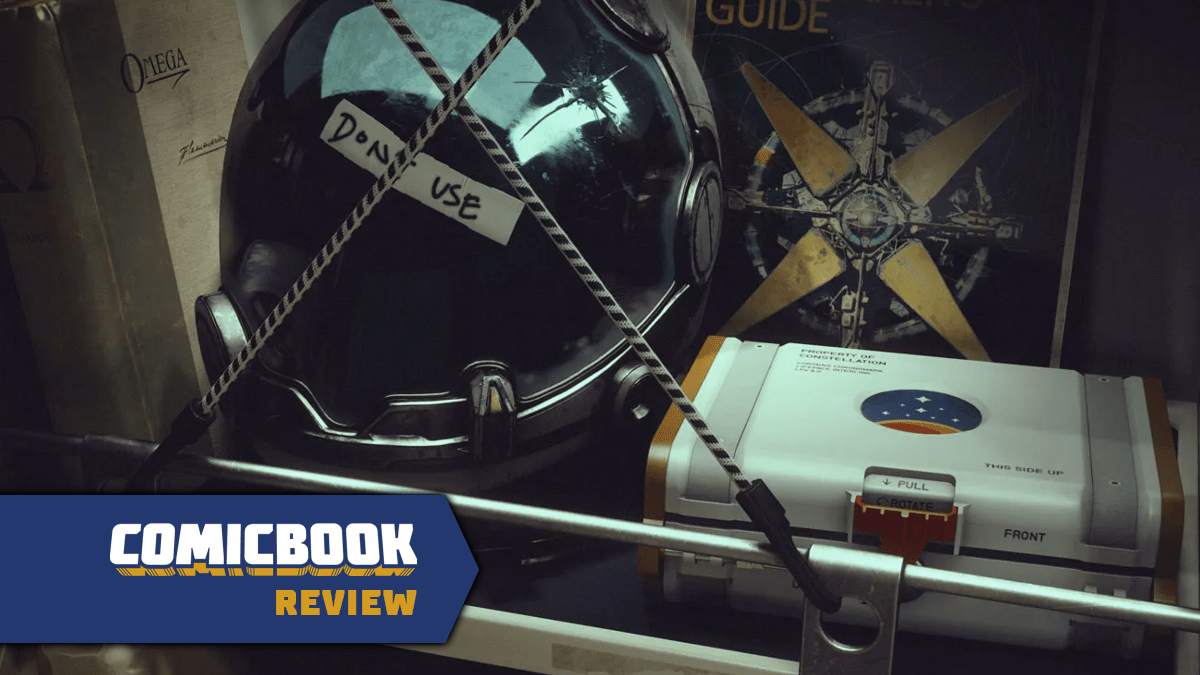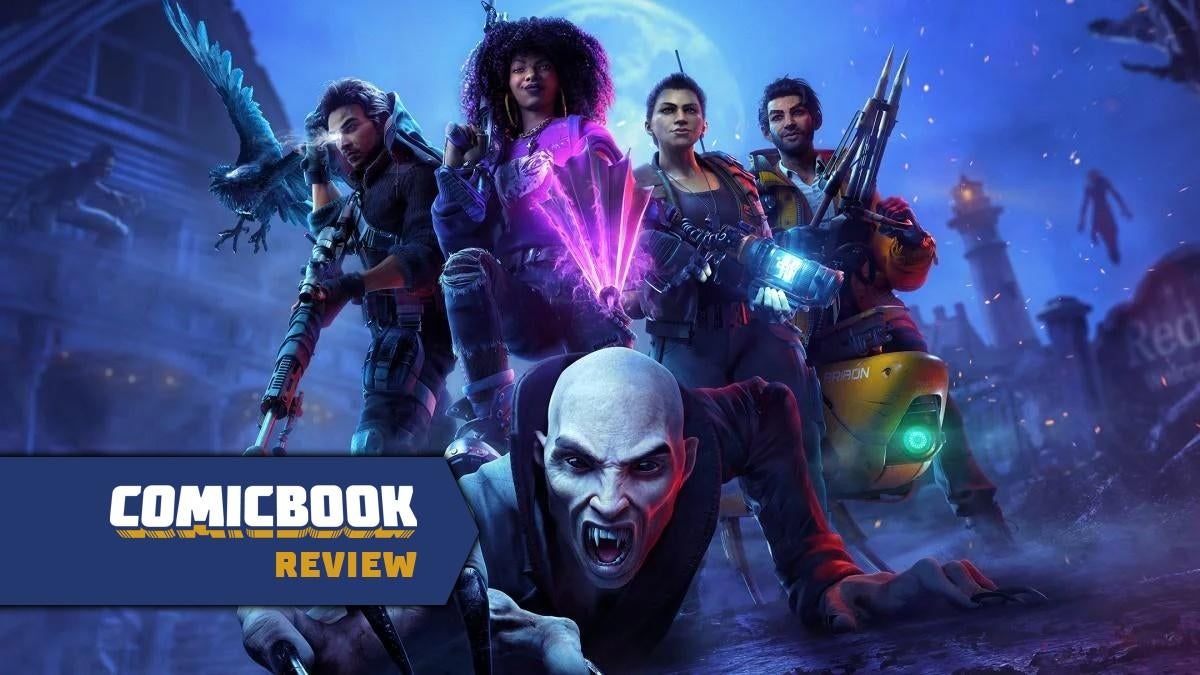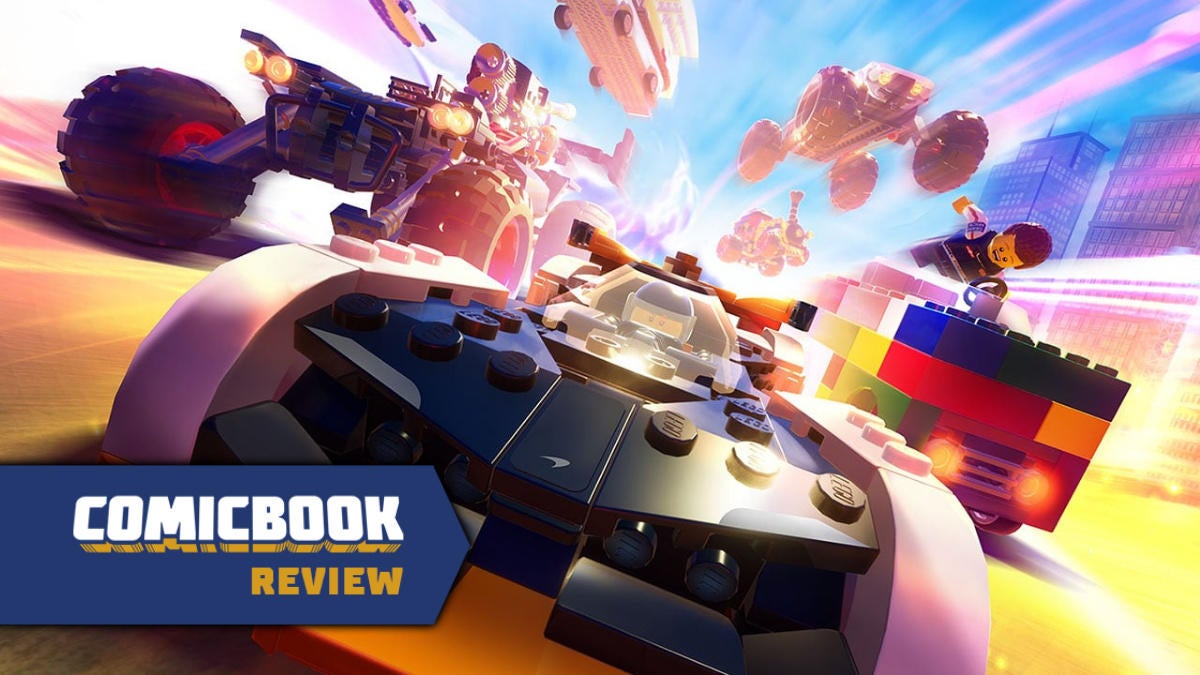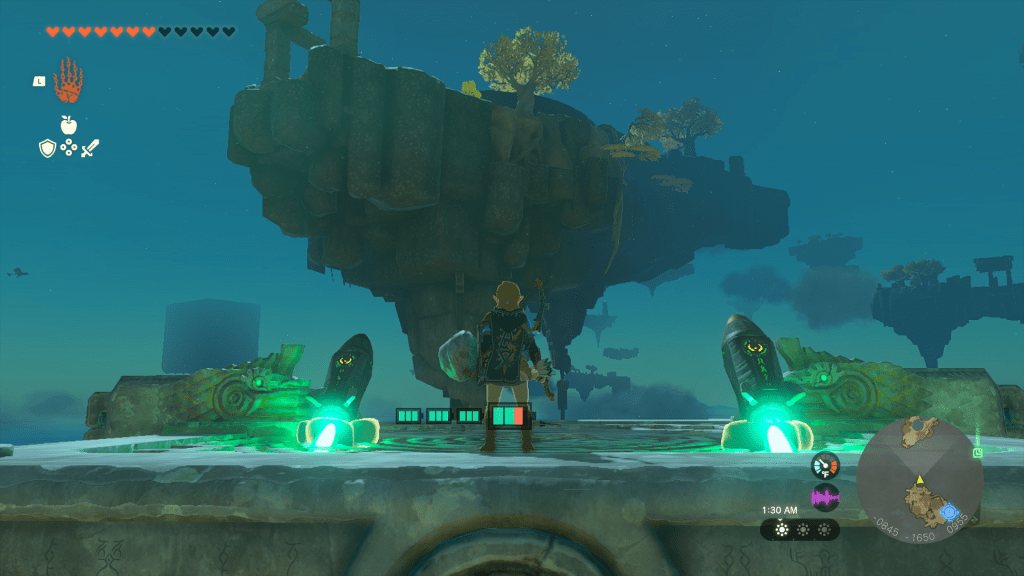Bethesda is back with Starfield, their first new universe in decades. It’s a sprawling RPG filled with exploration, combat, and the familiar Bethesda charm, but does it live up to the hype and surpass their previous titles like Skyrim and Fallout? While it offers a compelling experience, it doesn’t necessarily revolutionize Bethesda’s established formula.
Exploring the Cosmos
Starfield, like its predecessors, isn’t about “beating” the game but getting lost in its vastness. The allure of exploring thousands of planets is undeniable, but the reality is somewhat mixed. Initial planetary landings can be underwhelming, with barren landscapes and repetitive points of interest. While the freedom to explore is appreciated, encountering identical caves and structures across multiple planets can be disappointing. The thrill of discovering something truly unique can be overshadowed by the frequency of mundane encounters.
 starfield-planets.pngOne of Starfield’s many planets waiting to be explored.
starfield-planets.pngOne of Starfield’s many planets waiting to be explored.
A more rewarding approach to exploration involves following side quests that lead to specific planets and bustling cities. This provides a sense of direction and purpose, creating a network of interconnected hubs to return to and build upon. Bethesda’s strength in crafting memorable cities shines in Starfield, particularly in Neon. This vibrant metropolis, reminiscent of a blend of Cyberpunk 2077 and Fallout, offers a rich roleplaying environment with diverse factions, corporate intrigue, and a gritty atmosphere. While the in-game maps can be frustratingly unhelpful, the distinct character of cities like Neon and Akila City quickly becomes ingrained in the player’s memory.
However, the vast distances between planets introduce a new challenge. Realistic travel times are impractical, necessitating frequent fast travel. This reliance on fast travel, while convenient, undermines the sense of interconnectedness and exploration, reducing the experience to a series of disconnected points on a map.
Engaging in Combat
Starfield‘s combat system blends futuristic elements with familiar Bethesda mechanics. Melee combat, however, feels underdeveloped. The limited selection of melee weapons, lack of customization options, and repetitive combat animations detract from the overall experience. Gunplay, on the other hand, offers more variety, with energy weapons, traditional firearms, and a range of modifications. The ability to tailor weapons to specific environments and enemy types adds a layer of strategic depth. Jetpacks enhance combat significantly, adding verticality and maneuverability to both ground and space battles.
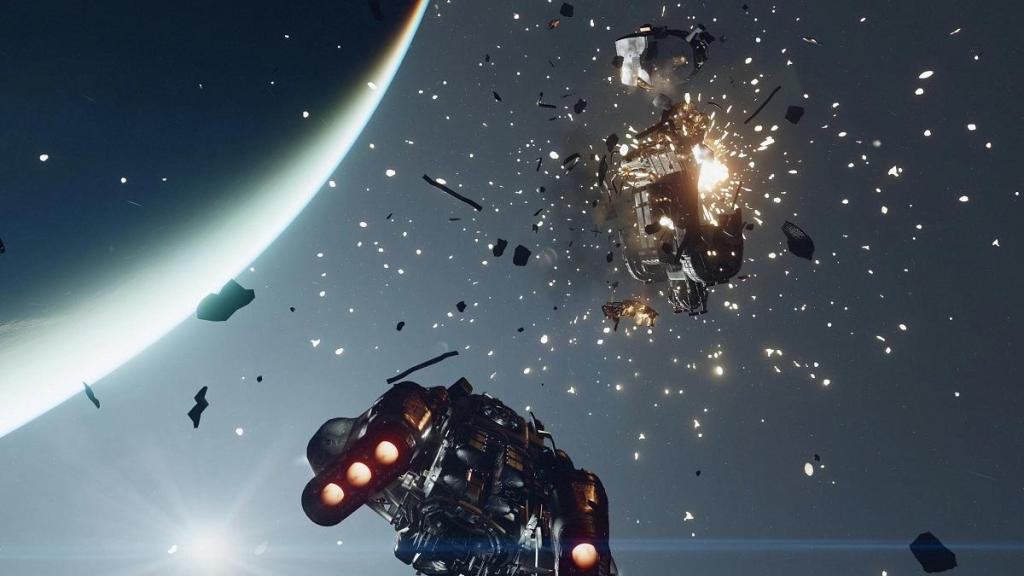 starfield-space-combat.jpgTaking on an enemy ship in Starfield’s space combat system.
starfield-space-combat.jpgTaking on an enemy ship in Starfield’s space combat system.
Space combat, while not groundbreaking, is a welcome addition. Building and customizing your spaceship is a highlight, offering a wealth of options to fine-tune its performance. While the space combat itself might not rival dedicated space combat simulators, it provides a satisfying and engaging experience, especially when combined with ship boarding and resource acquisition.
A Universe of Potential
Starfield is a compelling RPG that delivers on the core Bethesda experience. Despite some shortcomings, such as repetitive planet exploration and underdeveloped melee combat, the game’s strengths lie in its vast scope, engaging cities, and the freedom to forge your own path. While it doesn’t dramatically reinvent Bethesda’s formula, it introduces enough new elements, like the refined encumbrance system and space combat, to feel like a worthwhile addition to their portfolio. The echoes of previous titles, however, are sometimes too noticeable, from recycled dialogue to familiar gameplay loops.
Starfield is a game with immense potential. It’s a solid foundation upon which Bethesda can build, refine, and expand in the years to come. The desire to explore different builds and storylines is a testament to the game’s replayability and the enduring appeal of Bethesda’s open-world RPGs.
Conclusion
Despite its flaws, Starfield is a captivating experience that will undoubtedly resonate with fans of Bethesda’s previous work. It’s a vast, ambitious game that offers hundreds of hours of exploration, combat, and roleplaying. While it may not be a revolutionary leap forward, it’s a solid and enjoyable journey through a new and exciting universe.
Score: 4/5
A review copy of Starfield was provided by the publisher, and the game was reviewed on the PC platform.



